| __timestamp | Curtiss-Wright Corporation | Westinghouse Air Brake Technologies Corporation |
|---|---|---|
| Wednesday, January 1, 2014 | 67842000 | 61886000 |
| Thursday, January 1, 2015 | 60837000 | 71213000 |
| Friday, January 1, 2016 | 58592000 | 71375000 |
| Sunday, January 1, 2017 | 60308000 | 95166000 |
| Monday, January 1, 2018 | 64525000 | 87450000 |
| Tuesday, January 1, 2019 | 72520000 | 209900000 |
| Wednesday, January 1, 2020 | 74816000 | 162100000 |
| Friday, January 1, 2021 | 88489000 | 176000000 |
| Saturday, January 1, 2022 | 80836000 | 209000000 |
| Sunday, January 1, 2023 | 85764000 | 218000000 |
| Monday, January 1, 2024 | 91647000 | 206000000 |
Data in motion
In the ever-evolving landscape of industrial innovation, research and development (R&D) spending is a critical indicator of a company's commitment to future growth. Over the past decade, Westinghouse Air Brake Technologies Corporation and Curtiss-Wright Corporation have demonstrated distinct strategies in their R&D allocations. From 2014 to 2023, Westinghouse Air Brake Technologies Corporation increased its R&D expenses by approximately 252%, peaking in 2023. This surge underscores their aggressive pursuit of technological advancements in the transportation sector. In contrast, Curtiss-Wright Corporation exhibited a steadier growth trajectory, with a 26% increase over the same period, reflecting a more conservative yet consistent investment approach. These trends highlight the diverse strategies companies employ to maintain competitive edges in their respective industries. As we look to the future, understanding these investment patterns offers valuable insights into the innovation priorities of leading industrial players.
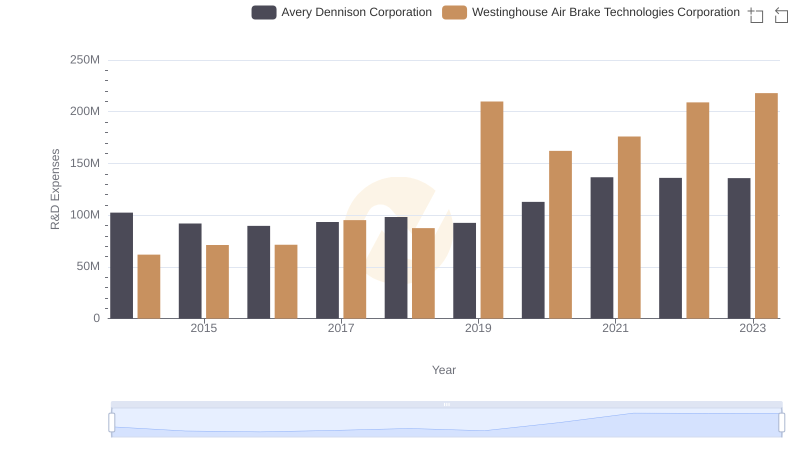
Westinghouse Air Brake Technologies Corporation or Avery Dennison Corporation: Who Invests More in Innovation?
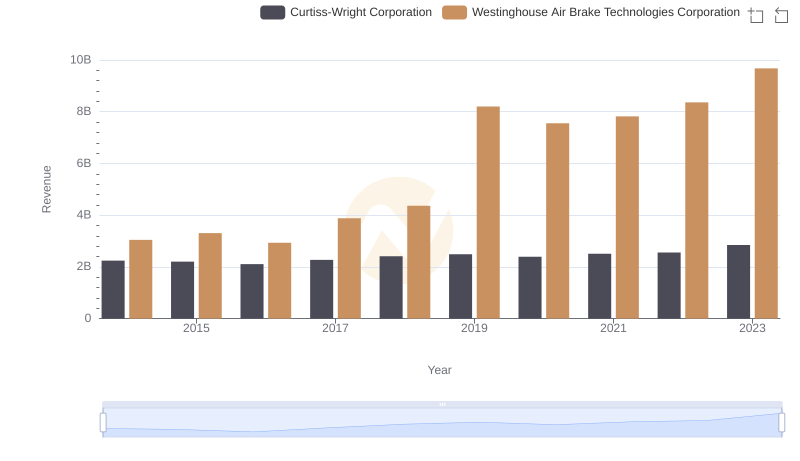
Who Generates More Revenue? Westinghouse Air Brake Technologies Corporation or Curtiss-Wright Corporation
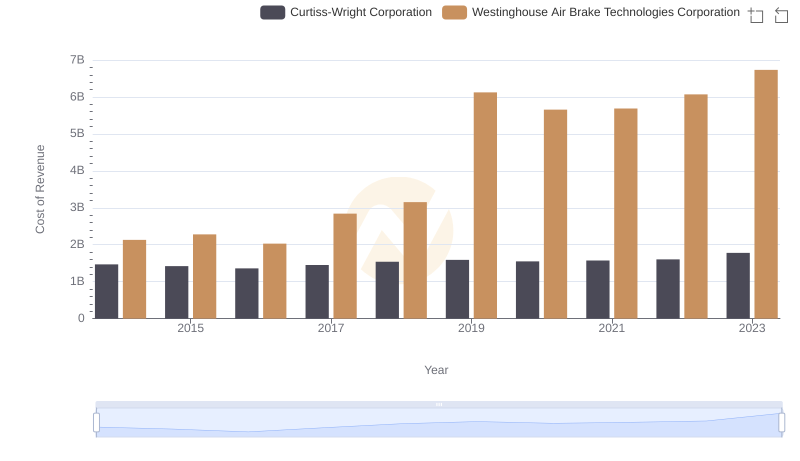
Westinghouse Air Brake Technologies Corporation vs Curtiss-Wright Corporation: Efficiency in Cost of Revenue Explored
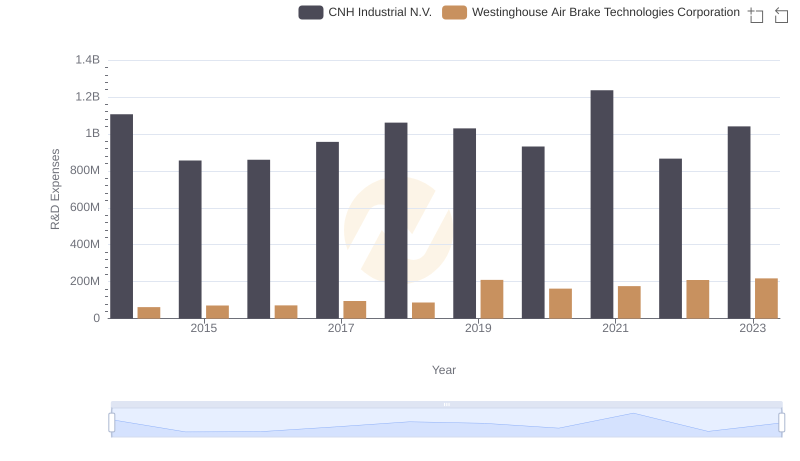
Who Prioritizes Innovation? R&D Spending Compared for Westinghouse Air Brake Technologies Corporation and CNH Industrial N.V.
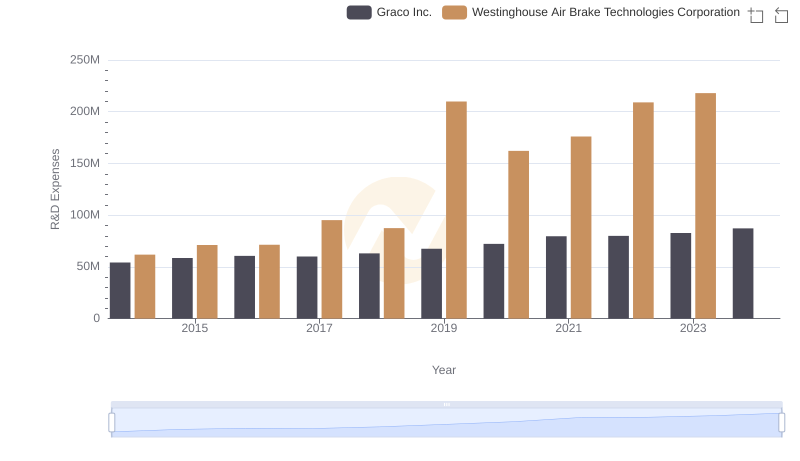
Who Prioritizes Innovation? R&D Spending Compared for Westinghouse Air Brake Technologies Corporation and Graco Inc.

Westinghouse Air Brake Technologies Corporation vs Stanley Black & Decker, Inc.: Strategic Focus on R&D Spending
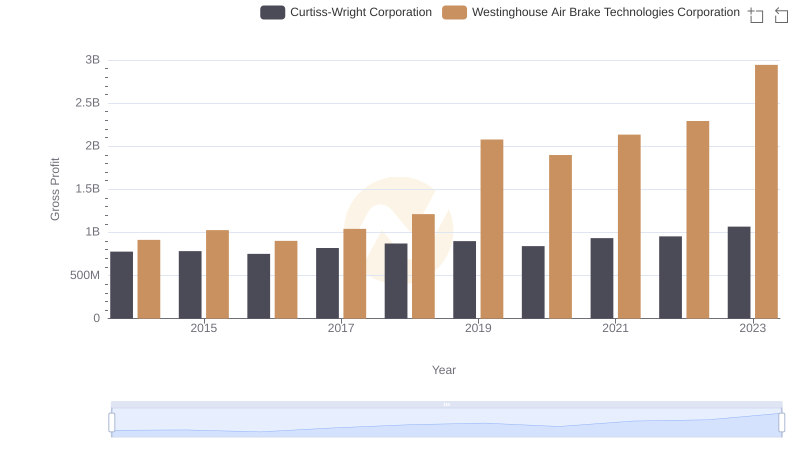
Westinghouse Air Brake Technologies Corporation vs Curtiss-Wright Corporation: A Gross Profit Performance Breakdown
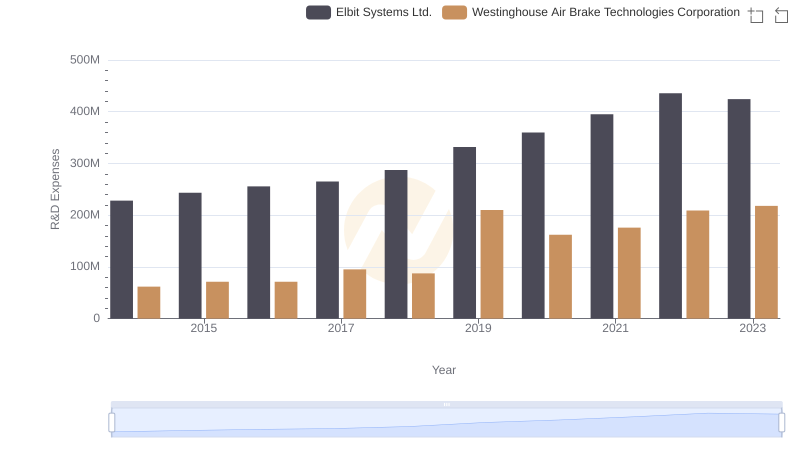
Westinghouse Air Brake Technologies Corporation vs Elbit Systems Ltd.: Strategic Focus on R&D Spending
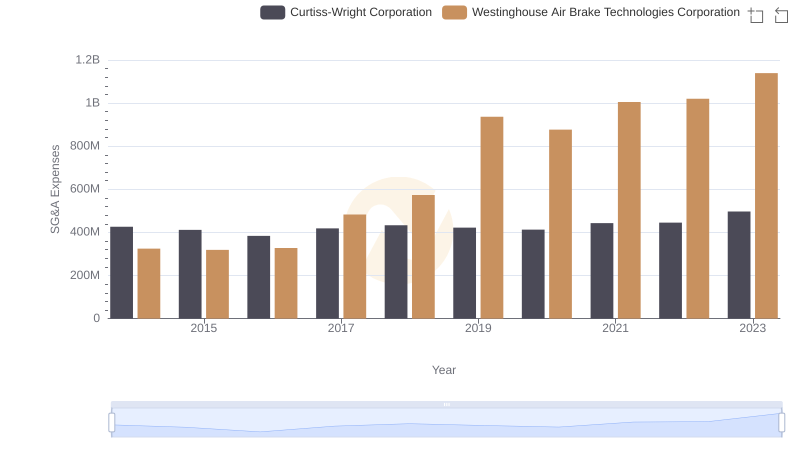
SG&A Efficiency Analysis: Comparing Westinghouse Air Brake Technologies Corporation and Curtiss-Wright Corporation
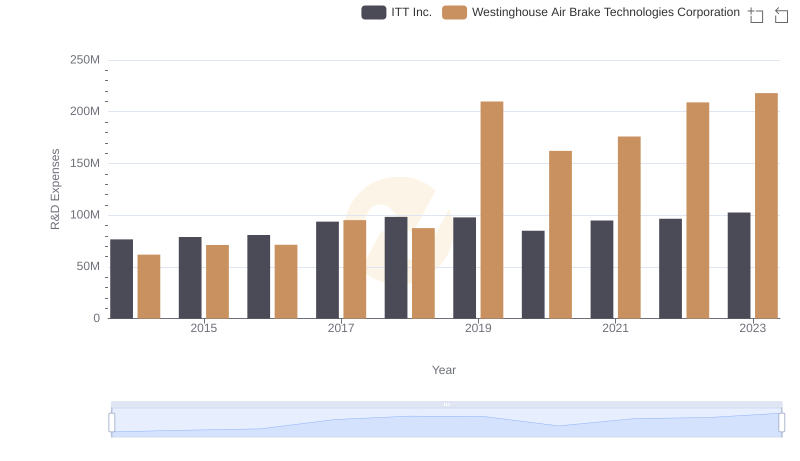
R&D Insights: How Westinghouse Air Brake Technologies Corporation and ITT Inc. Allocate Funds
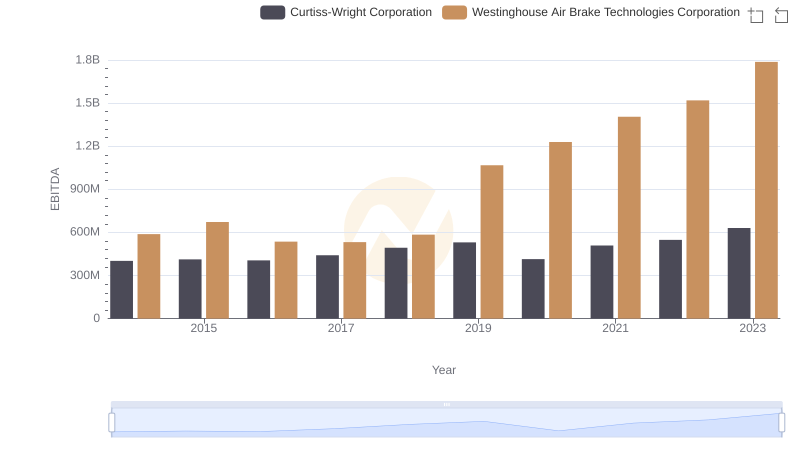
A Professional Review of EBITDA: Westinghouse Air Brake Technologies Corporation Compared to Curtiss-Wright Corporation
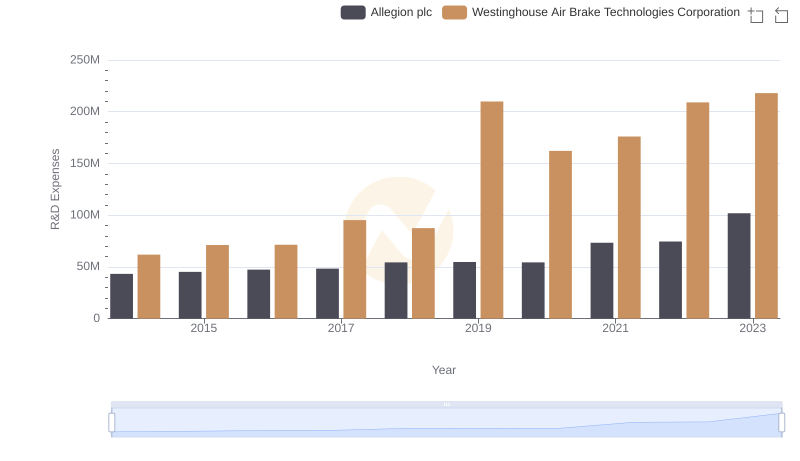
Research and Development Investment: Westinghouse Air Brake Technologies Corporation vs Allegion plc